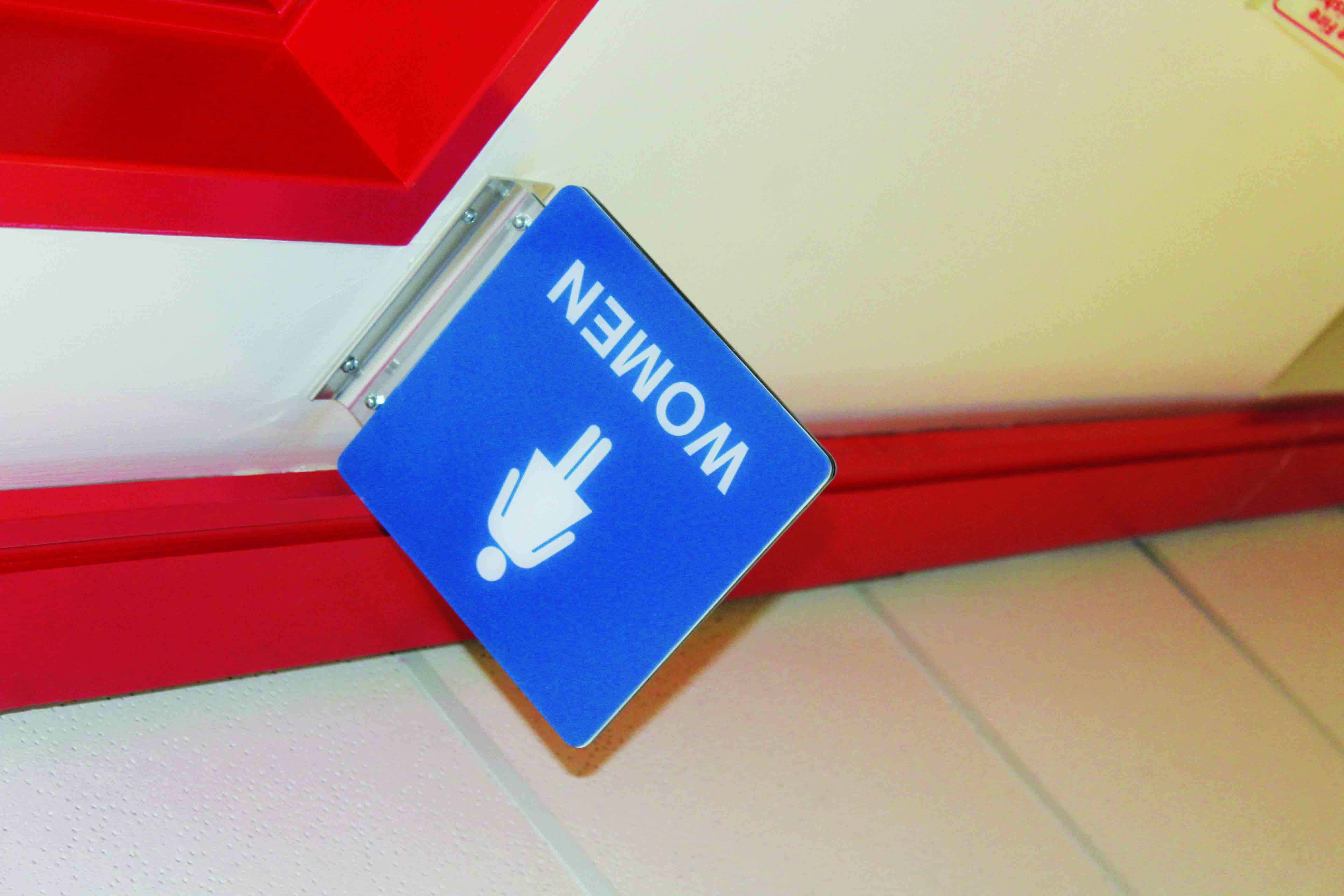
Fast fashion thrifting: a cycle of exploitation and overconsumption
This might come as a shocker, but thrift shopping as frequently as you get groceries isn’t practicing sustainability.
With the rise of microtrends and the recent surge of thrifting, one might wonder how sustainable this is at the end of the day. Before you boo and throw tomatoes, allow me to take you on a rollercoaster ride and explore the exploitative cycle of capitalism.
If you think trends usually come and go fast, meet its cousin: microtrends. Microtrends differ from trends because of their quick progression, short life, and inability to last a full season.
An example of this dichotomy can be seen with how trends circulate and follow a pattern like jeans and the comeback of bell bottoms, or how low-rise jeans can be traced back to past eras in fashion like the 70s disco scene and the early 2000s. Microtrends are able to take certain elements from trends, but the hallmark feature is that they lose momentum quickly. As we’ve seen on TikTok, which is a hotbed for certain “cores” or aesthetics one can align their identity, lifestyle, and clothing to.
Recently, microtrends such as Y2K aesthetic, Quiet Luxury, Clean Girl, Gorpcore, Barbiecore, Mob Wife, Tomato Girl, and more have popped up on our For You pages. Let’s look at the Coquette aesthetic that Pinterest reports to have risen in search popularity back in 2021. Its mood board consists of ribbons, mini skirts, lace blouses and knitted stockings, which in 2024 is currently being replaced by the Mob Wife aesthetic of smokey eye makeup, fur coats, chunky gold jewelry, and big hair.
It is best to note that a majority of fashion trends are usually a result of retaliation against the era’s norms or as a political movement. While microtrends can be argued to do the same, it begins to lack authenticity once brands are able to exploit and sell the “lifestyle” that supposedly comes with buying an article of clothing.
Let me give you a simple equation. “Bayonetta” glasses + pencil skirt + sharp eyeliner = Office Siren. In an interview with Who What Wear, TikToker Beauville says, “The woman who represents [this office siren] has ambition, likes to assume her sensuality and femininity, and doesn’t care about judgment. She proves herself through her actions.” Meaning not only can we buy a specific combination of clothes to portray personal style, we can also buy it to signal virtues.
If you’re unfamiliar with what capitalism breeds in fashion, it produces more things to consume in large quantities that most likely end up outside the global West and dumped into their thrift stores or landfills.
Microtrends are preyed on by companies that are able to keep up with consumer demands and, in return, propagate what they want people to demand. They are able to contribute to the rise of microtrends because of partnerships with influencers that push content to us without it coming off as your usual brand advertisement.
Consumers can relate to content creators that might look like them – otherwise known as micro-influencers – and not a well-known celebrity. Not only do we feel like we are watching someone deserving of our trust, but they open a whole new community for us to be a part of and eventually adapt the marketed style identity into being part of the community.
However, it becomes an exploitative relationship since big companies can gain profit by looking at what is on the rise through social media and open new markets while paying less to advertise with content creators. This causes mass production of clothing that is often done cheaply and unethically, exploiting both workers and consumers.
What does this mean for avid thrifters? It means recognizing what is being sold on the local aisles of our thrift stores aren’t just vintage pieces anymore, but a fusion consisting of fast fashion and curated style identities. It means acknowledging that our fast-paced consumerism is not just a result, but a contributor to the fast-paced production of trends and clothes.
While thrifting might be the more sustainable and ethical option, let’s explore how this can be falsified. Thrift stores did not only exist to resell discounted items for low-income communities to have access to, but were also the solution to the growing overproduction of textile waste due to the rise of consumerism lifestyle during the industrial revolution.
With the introduction of fast fashion, which is further exacerbated by microtrends, we are seeing it make its way in thrift stores, being rebranded as slow fashion. In recent years, thrift stores are being commodified to cater to wealthier groups and their message of frugality or saving the planet disappears.
The rise of thrifting has changed the buyer’s attitude from thrifting for necessity to thrifting for paying less and getting more. It has also introduced the idea that we can change our entire wardrobe by donating last season’s and purchasing what’s new.
If we really are looking for a solution within ourselves to combat global warming or to simply save money, what needs to be understood is that overconsumption needs to be nipped in the bud. Simply thrifting doesn’t solve the growing overproduction of clothes, nor does it stop big corporations from making profit off of people’s suffering.
We should be challenging the purpose of our thrifting to begin to curb our overconsumption. We should ask ourselves if we are thrifting to curate a whole new trendy wardrobe or because we truly need new clothes?
Another antidote to overconsumption comes from building your personal style and knowing your likes or dislikes. It’s normal to fall into trends, but start asking yourself: do I see myself wearing this after the trend has died down? Am I able to pair this with the existing clothes in my closet? What stands out to me about this piece?
Another tip is to thrift with the intent of finding a specific item. Not only does this decrease your time sifting through racks, but you also don’t end up buying more than what you came for.
Lastly, perhaps the most no-brainer tip is to exercise the three R’s (reduce, reuse, recycle) and enjoy what you already have! A major point of thrifting is to practice sustainability, and it will be a disservice to the movement if it is overshadowed by our need to have everything and more.








